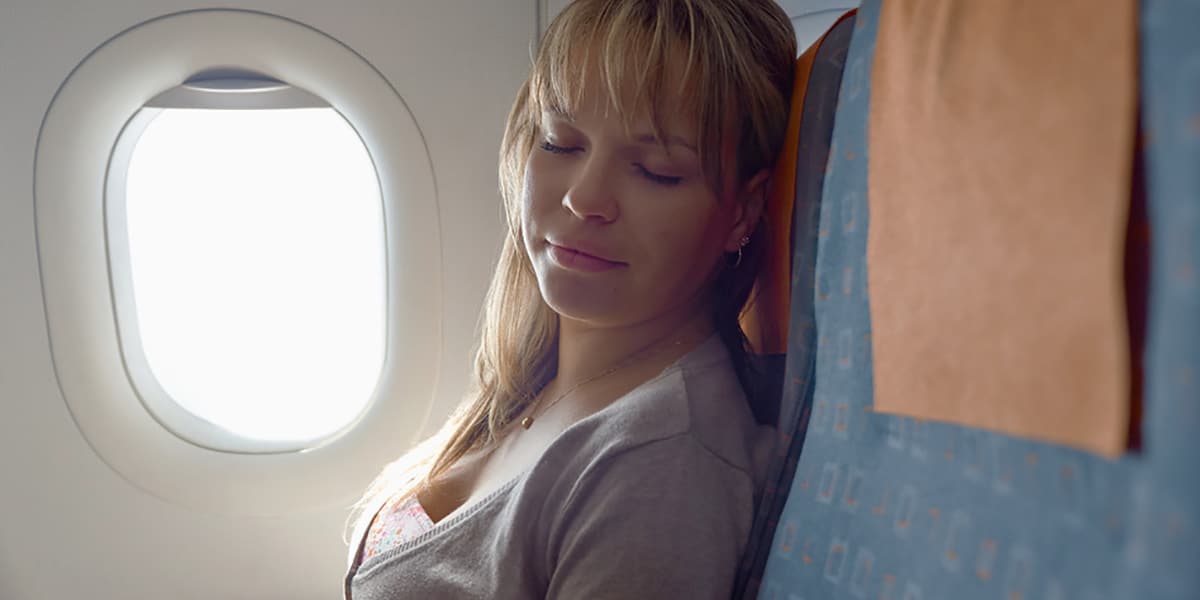If you’ve ever traveled to a country in another time zone, you’ve probably experienced jet lag. Jet lag is caused by a disruption to your sleep-wake cycle. On top of fatigue, it can cause anxiety, headaches, irritability, and digestive problems¹. The sleep-wake cycle is controlled by your body’s internal clock, a set of structures in the brain called the SCN (suprachiasmatic nuclei). These are the same structures that control your body temperature and some hormonal fluctuations². Your internal clock resets every 24 hours, by receiving a signal when light enters your eyes³. To maintain a proper sleep-wake cycle, try to get at least 30 minutes of sunlight exposure during the day⁴.
If you’re struggling to sleep well, try for an hour of sunlight exposure early in the morning⁴. Letting more natural light into your space may also help to regulate your sleep-wake cycle. For example, a study found that people who worked in an office with windows slept about 46 minutes longer on work nights compared to people who worked in an office with no windows⁵.Since your internal clock depends on light entering the retinas of your eyes³, it’s not necessary to expose your skin to UV radiation to regulate your sleep-wake cycles. It’s also important to note that by exposing your skin to sunlight shining through windows, you’re still at risk of developing sun damage. Windows don’t block out all UVA rays, which are known to cause premature aging. It’s a good idea to wear a broad spectrum sunscreen if you plan to spend significant time in natural light throughout the day, even if you’re behind glass. If you plan on getting your natural sunlight exposure outdoors, it’s best to protect your skin if your safe sun time is less than 30 minutes. You can use Sun Index to monitor your safe sun time.
This blog post is not meant to provide medical advice. If you’re still having difficulty regulating your sleep-wake cycle after incorporating sun exposure into your daily routine, seek help from your physician.Sources:
- Cunha, J. P. (n.d.). Jet Lag. Retrieved August 24, 2016
- UCLA Health. (n.d.). Circadian Rhythms. Retrieved August 24, 2016
- Howard Hughes Medical Institute BioInteractive. (n.d.). The Human Suprachiasmatic Nucleus. Retrieved August 24, 2016
- National Institutes of Health MedlinePlus. (2012). Tips for Getting a Good Night’s Sleep. Retrieved August 24, 2016
- Boubekri, M., Cheung, I. N., Reid, K. J., Wang, C. and Zee, P. C. (2014). Impact of Windows and Daylight Exposure on Overall Health and Sleep Quality of Office Workers: A Case-Control Pilot Study. Journal of Clinical Sleep Medicine, 10(6):603-611. Retrieved August 24, 2016



